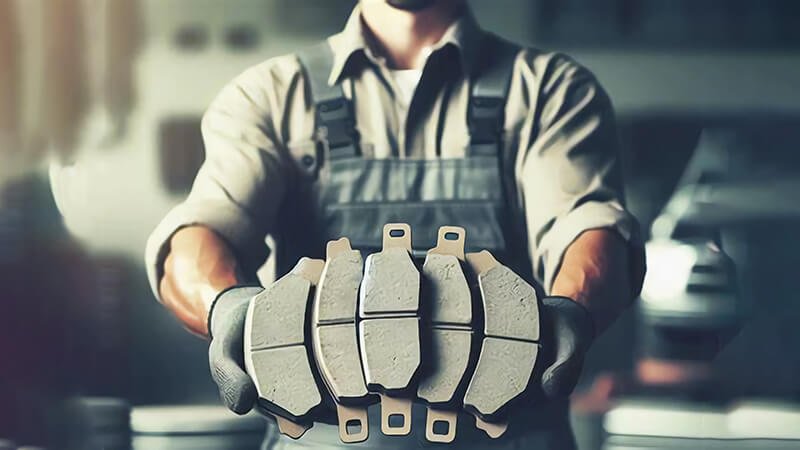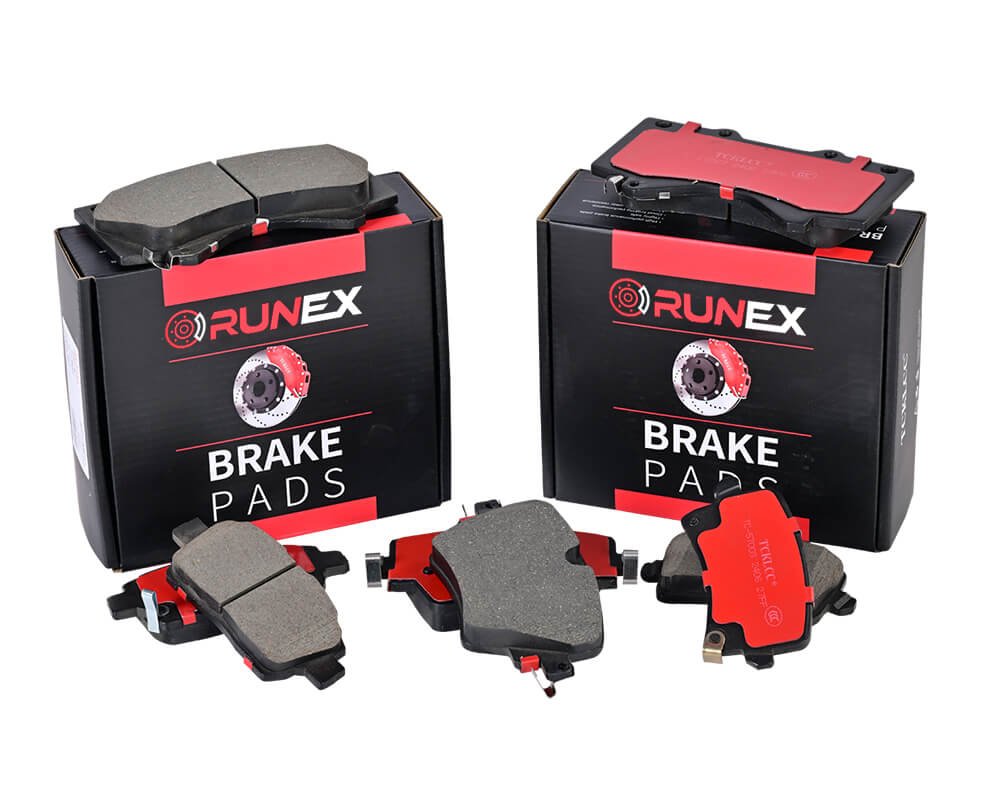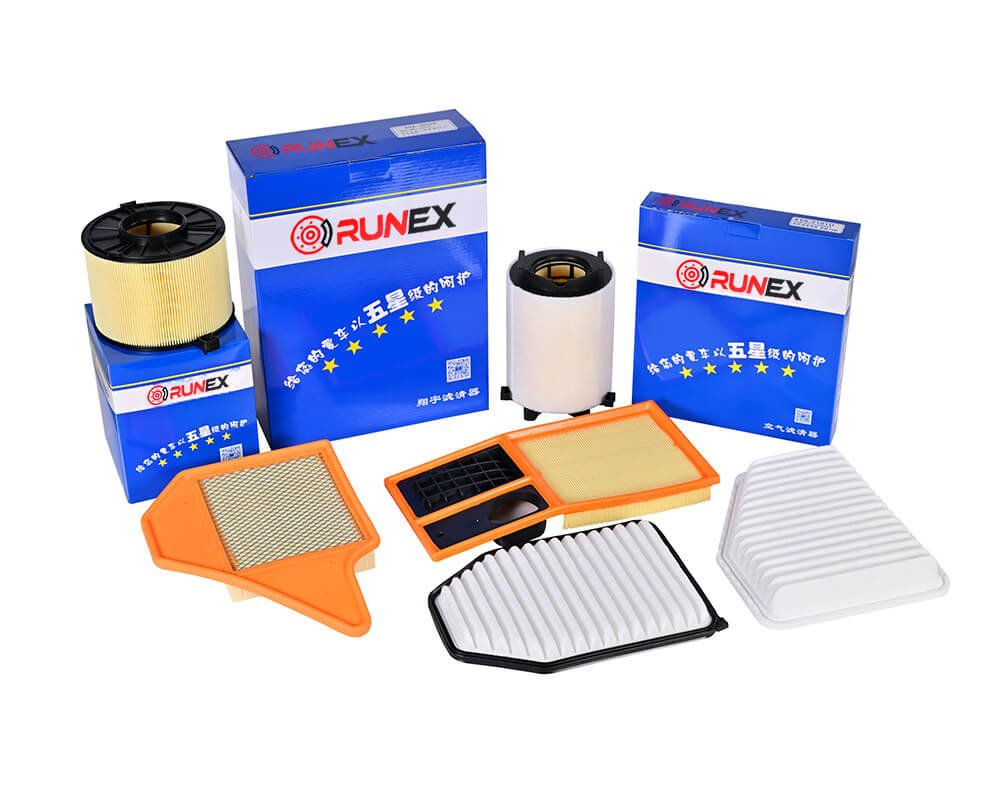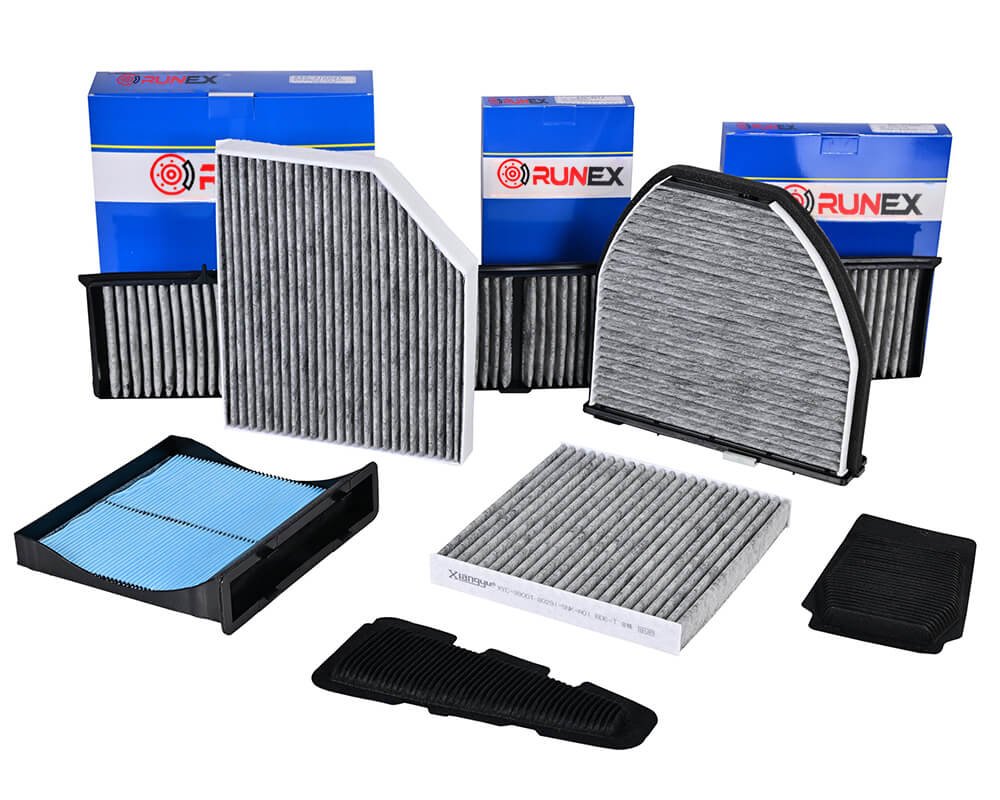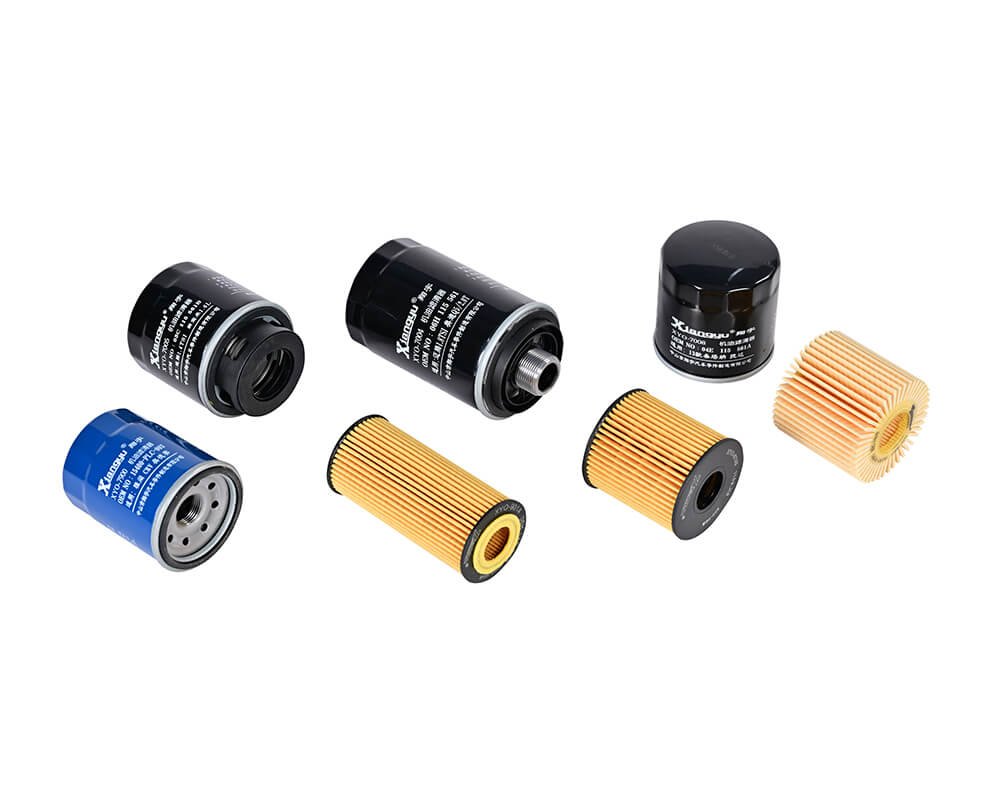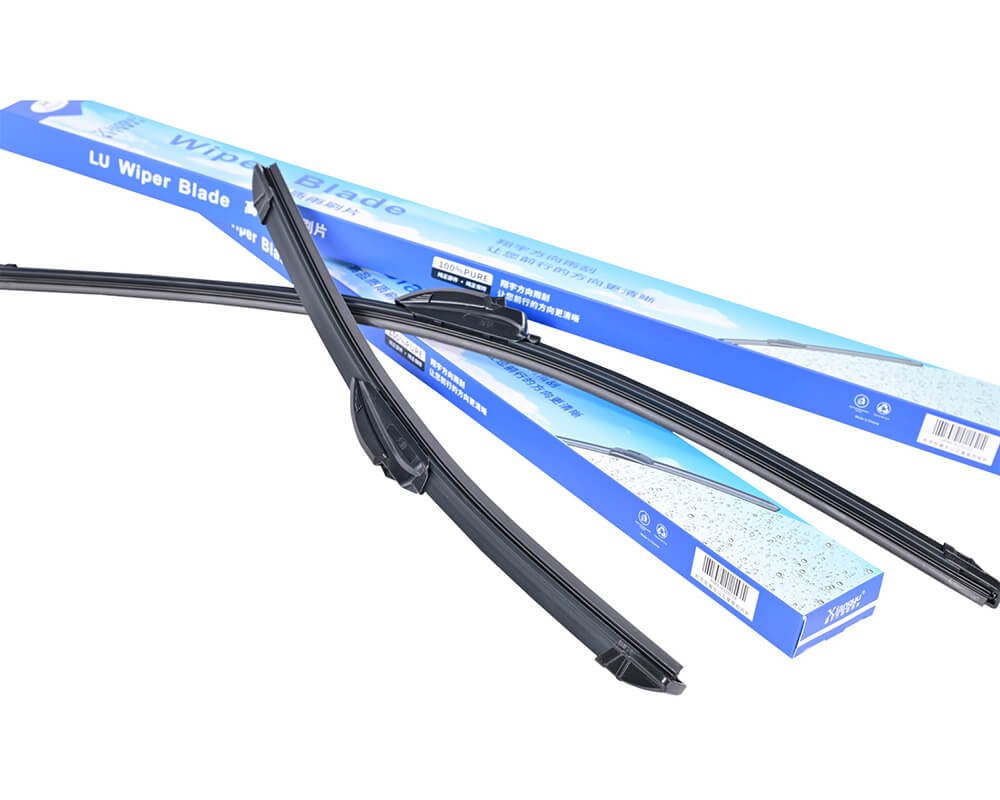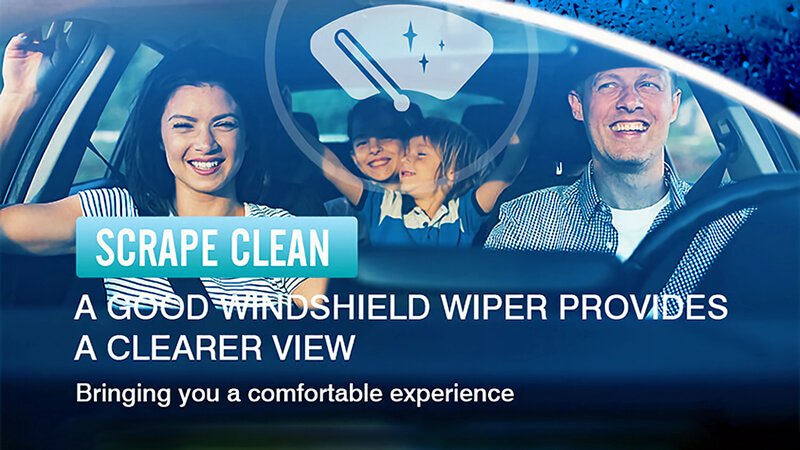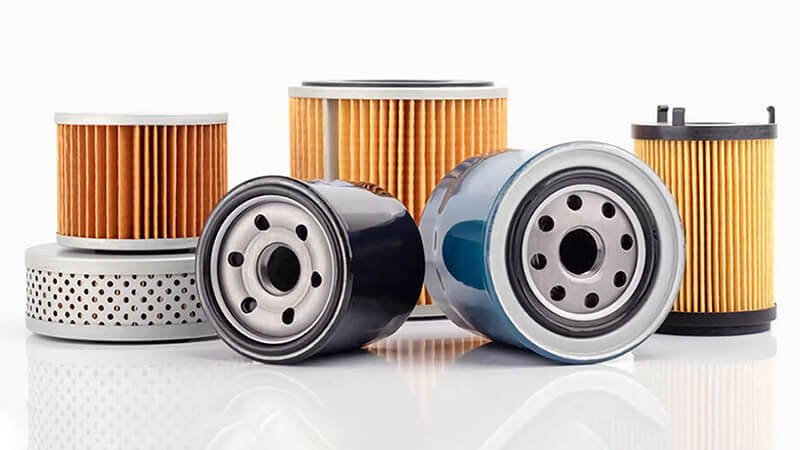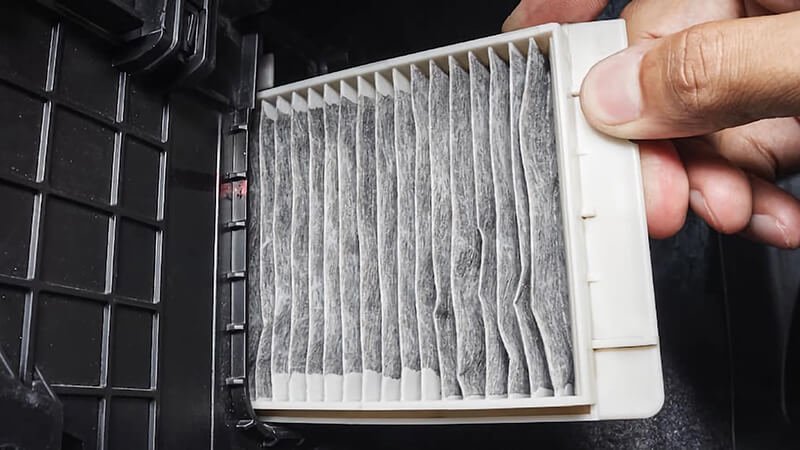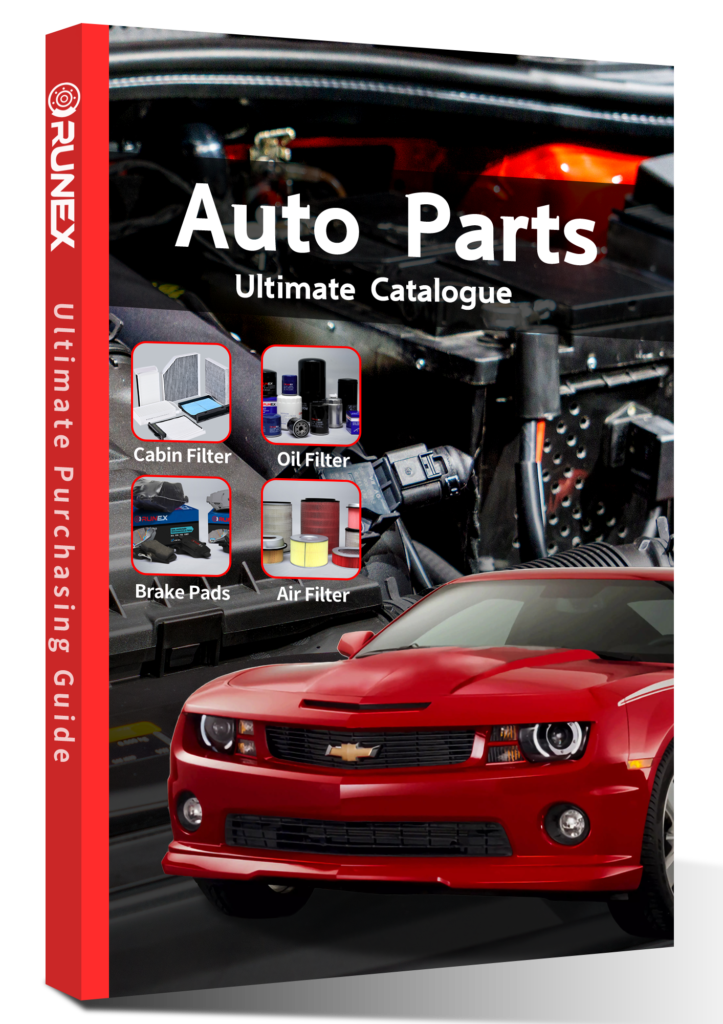Your car just got new brake pads and rotors. But instead of smooth, silent stops, you're hearing an irritating squeak. What went wrong?
New brake pads and rotors can squeak during the bedding-in period. This is usually normal and temporary—but poor installation or skipping proper break-in steps can make it worse.
That sound might not mean something is broken. But it could mean something was skipped. Before blaming the parts, let’s dig into why this happens—and how to stop it.
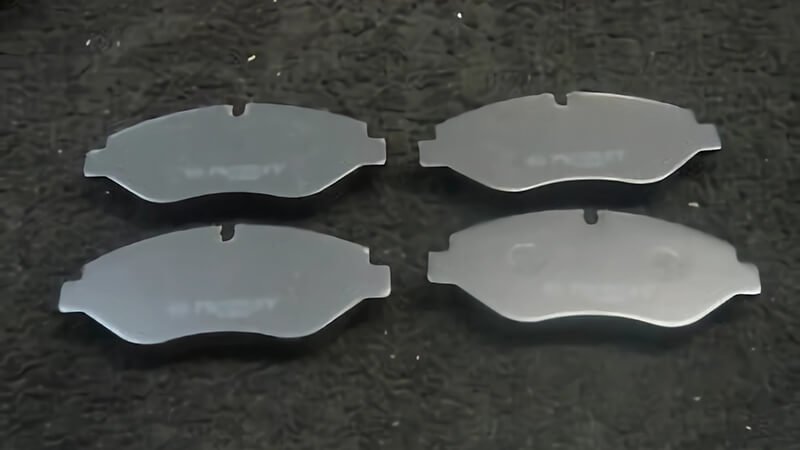
Why are my brand new pads and rotors still squeaking?
You just installed new pads and rotors. You expected silence. But the squeaking is still there—and you’re not sure if it’s normal.
New pads and rotors can squeak if the bedding process isn’t followed, if the parts vibrate against calipers, or if there’s debris or heat glazing. Even with high-quality components like those from Runex Auto, installation matters.
What causes squeaking with new brake pads and rotors?
Even premium parts can squeak. At Runex Auto, our brake pads1 use anti-squeal shims and noise-dampening layers. But several conditions can override those safeguards:
1. Skipped or rushed break-in
Installers sometimes rush through bedding-in2. This prevents the pad from properly transferring friction material to the rotor, which leads to high-pitched squeaks.
2. Lack of proper lubrication
At Runex, we always advise applying silicone brake grease3 on the backing plates and caliper pins. Metal-on-metal contact without grease causes micro-vibrations that become audible squeals.
3. Moisture and overnight condensation
Even top-quality pads can absorb some surface moisture after sitting. First few stops can sound squeaky, especially in humid or rainy conditions.
| Cause | Effect | Fix |
|---|---|---|
| No break-in process | Uneven pad wear, squeaking under light use | Perform bedding procedure over 8–10 moderate stops |
| Missing brake grease | Caliper vibration noise | Apply high-temp silicone grease on backplates and pins |
| Dirty rotor surface | Squeaking from embedded debris | Clean rotors with brake cleaner during installation |
| Low-quality pads | Inconsistent contact and quick glazing | Use certified pads like Runex Auto with anti-squeal tech |
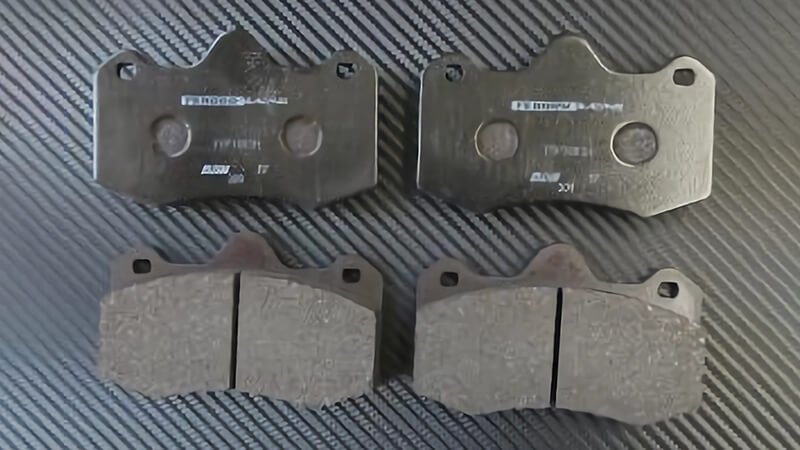
Is it normal for new brake pads and rotors to make noise?
You hear a high-pitched noise when braking lightly with new pads. Is that a defect, or something expected?
It’s often normal for new brake pads and rotors to make light noise during the first 100–300 km of use. But persistent squealing usually means improper installation or skipped lubrication.
Understanding normal vs. abnormal brake noise
Here’s how we help our distributors like Joe Rich from the UK diagnose noise complaints before peak season.
✅ Normal squeaking:
- Happens during the first 1–3 days
- Occurs at low speeds
- Reduces with time or after bedding-in4
❌ Problematic squeaking:
- Gets louder after a few days
- Happens even when brakes aren’t applied
- Accompanied by vibration in the pedal
At Runex Auto, our ceramic pads5 come with integrated shims and thermal scorched surfaces. That reduces noise during early bedding-in. But no design can compensate for skipping the basics—clean rotor surfaces, correct torque, and even wear patterns.
That’s what happened with one of our UK clients. They installed our pads but forgot to bed them. The squeak worried them just before a sales push. We walked them through 8 controlled stops from 60 to 20 km/h. Two days later, they reported silence—and smoother stopping than ever.
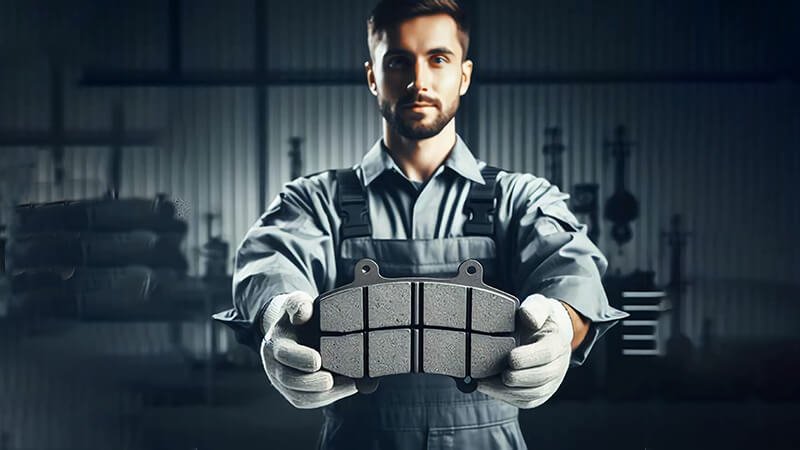
How long does it take to break in new brakes and rotors?
You followed every step, but the brakes still don’t feel or sound perfect. Maybe you just need to give it more time.
The bedding-in process typically takes 300 to 500 km of normal driving, or a dedicated 8–10 stop sequence over 1–2 days. Noise during this period can be normal.
Why break-in matters more than people think
Pads and rotors aren’t fully ready out of the box. The contact surfaces need to “mate”—or you’ll hear the friction before you feel the performance.
Here’s how we recommend customers break in Runex Auto brake pads and rotors:
1. Initial bedding procedure (10 minutes)
- Make 8 moderate stops from 60–20 km/h with ~60% brake pressure
- Allow 30 seconds between each stop to cool the brakes
2. No hard stops for 300 km
- Avoid panic stops or high-speed braking
- Gradual use lets the friction surface stabilize6
| Phase | What to Do | Why It Matters |
|---|---|---|
| Bedding (10 min) | Controlled stops at medium speeds | Transfers friction material onto rotor evenly |
| Cool-down (30 sec) | Let pads/rotors rest between stops | Prevents glazing and overheating |
| Early driving (300 km) | No hard braking, avoid towing heavy loads | Allows full surface formation for long-term quiet |
This is why we include break-in guidelines7 in our product catalog and shipping documents. We want installers to win customer trust from Day 1.
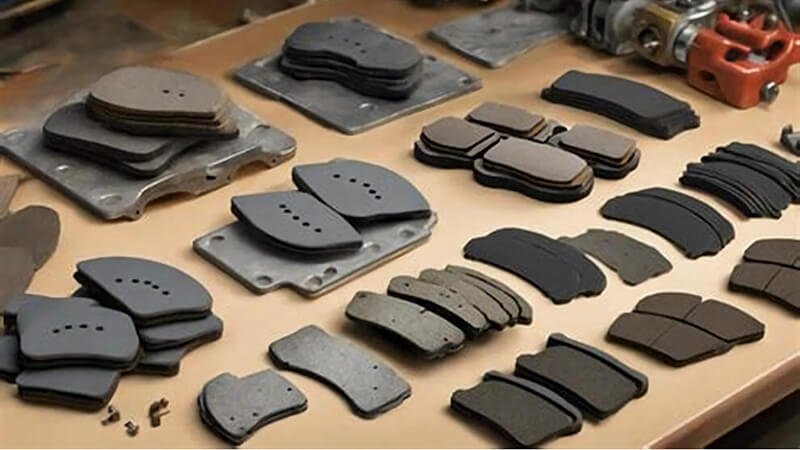
Can I spray WD-40 on my brake pads to stop squeaking?
The squeaking is driving you crazy. You grab WD-40, hoping it’ll fix the noise. But stop—right there.
Never spray WD-40 or any lubricant on brake pads, rotors, or calipers. It reduces friction, damages braking ability, and risks serious safety issues.
Why WD-40 is the wrong move
At Runex Auto, we’ve seen more than a few returns because someone thought lubricant = silence. But here’s what actually happens:
1. WD-40 reduces friction—completely
Brakes work by creating friction. Spray a lubricant on the pads, and you eliminate the very force that stops your car. That’s not solving the problem—that’s making it dangerous.
2. The noise will come back—worse
WD-408 doesn’t address the root cause—vibration, moisture, or glazing. It might muffle the sound for a few hours, but once it evaporates, the squeak returns. Now with contaminated pads.
3. Pads can be ruined permanently
Once you coat the pad with WD-40, its surface changes. Even after cleaning, the pad’s material may never recover. It reduces braking power9 and requires a full replacement.
| Misstep | Consequence | Safer Alternative |
|---|---|---|
| WD-40 on pads | Loss of braking force | Use proper brake grease10 behind pad backing plates |
| WD-40 on rotor surface | Slippery braking and safety hazard | Clean rotors with brake-specific cleaner |
| Lubing squeal away | Temporary fix, worsens with time | Diagnose and fix the real source—friction or fit |
We get it—the squeak is annoying. But shortcuts like this can cost more than peace of mind. They can cost safety.
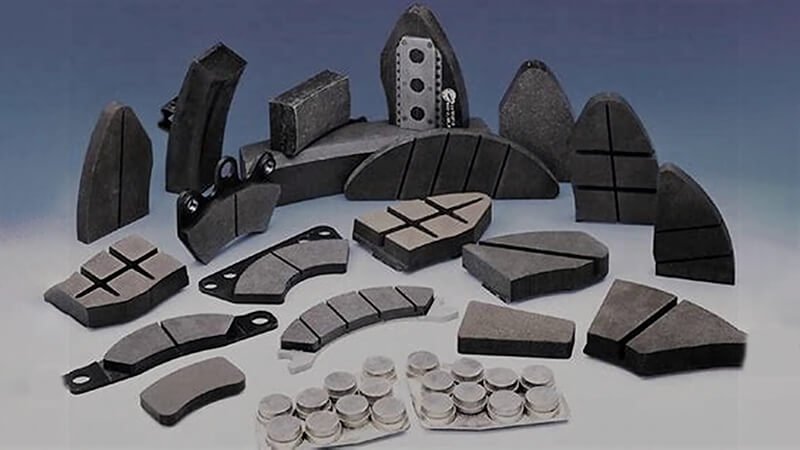
Conclusion
Brake squeaking doesn’t always mean something’s wrong. With new pads and rotors, it’s often part of the bedding-in process. At Runex Auto, we design our brake pads 11 to reduce noise from day one—with features like scorched surfaces and noise-reducing shims. But no component can replace good installation. Follow proper break-in steps. Avoid shortcuts like WD-40. And when in doubt—reach out. We’re always here to help you and your customers stop safely and quietly.
-
Explore this link to find top-rated brake pads that minimize squeaking and enhance performance. ↩
-
Understanding the bedding-in process can help ensure your brakes perform optimally and reduce noise issues. ↩
-
Learn how silicone brake grease can effectively reduce brake noise and improve longevity of your brake system. ↩
-
Learning about the bedding-in process is crucial for ensuring optimal brake performance and longevity. ↩
-
Exploring the benefits of ceramic brake pads can enhance your knowledge on improving brake performance and reducing noise. ↩
-
Learn about the importance of friction surface stabilization for brake efficiency and safety. This resource provides valuable information. ↩
-
Understanding break-in guidelines is crucial for optimal brake performance and longevity. Explore this resource for expert insights. ↩
-
Explore this link to understand the dangers of using WD-40 on brakes and find safer alternatives for vehicle maintenance. ↩
-
Learn how WD-40 can compromise your vehicle's braking power and what you can do to maintain it effectively. ↩
-
Discover the best brake grease options to ensure your vehicle's safety and performance during maintenance. ↩
-
Find the best brake pads from Runex auto for your business. ↩

